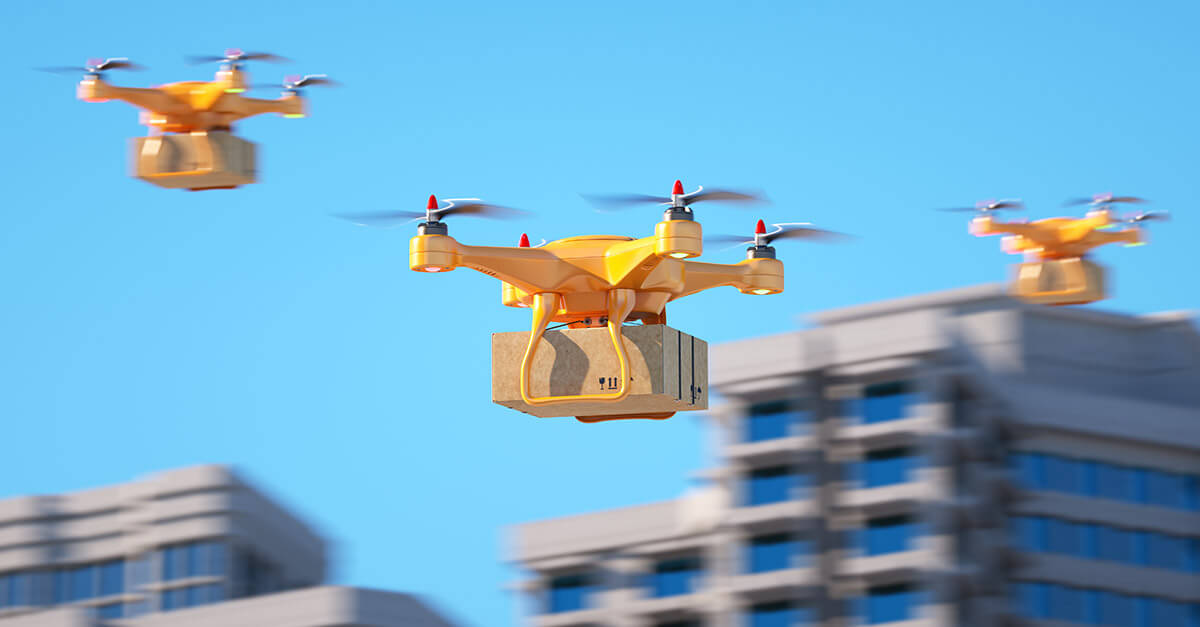NBAA-BACE: Meeting the Challenges to Reach Full-Scale UAS Operations

Oct. 13, 2021
Zipline recently celebrated five years of its commercial unmanned aircraft delivery service with more than 200,000 commercial deliveries, primarily in Rwanda, the company’s Director, UAS Maintenance and Airworthiness Jon Hanlon shared today at the NBAA Business Aviation Convention & Exhibition (NBAA-BACE) education session “Moving on Up – Future of UAS.”
Hanlon said the tally proves that commercial UAS delivery service is valid and the implementation plan works.
So what’s limiting the widespread deployment of UAS commercial operations in the U.S.?
Moderator Paul McDuffee, of Hyundai, led panelists Jim Cieplak, of Northern Plains Vantis; Charlton Evans, of End State Solutions, LLC; and Hanlon through a discussion of challenges related to fully scoped UAS operations.
Integrating safely with the more complicated airspace in the U.S. is one of the greatest challenges. The experts said lack of regulations to allow operations beyond visual line of sight of the operator is one of the biggest impediments to full-scale deployment of domestic operations.
While detect-and-avoid technology has advanced significantly, and successful solutions exist now, getting the technology approved by the FAA is another hurdle.
Panelists said one key to working through regulatory challenges is to lean on precedent. Enhanced flight vision systems, RVSM and other relatively recent developments now in approved use provide a pathway for working with regulators.
Delays in FAA aircraft certification processes are also an impediment to broad use of UAS for commercial uses. Evans explained current projects in the works are driving new certification processes, and he is hopeful that lessons learned during these projects will be implemented by the FAA for future projects.
While these challenges exist, widespread UAS commercial operations are just not an economical solution, Cieplak explained.
Manufacturers, operators and other stakeholders will continue to work with regulators and policymakers to meet these challenges and realize full-scale UAS commercial operations are a reality, panelists said.
Any person who attends an NBAA convention, conference, seminar or other program grants permission to NBAA, its employees and agents (collectively "NBAA") to record his or her visual/audio images, including, but not limited to, photographs, digital images, voices, sound or video recordings, audio clips, or accompanying written descriptions, and, without notifying such person, to use his or her name and such images for any purpose of NBAA, including advertisements for NBAA and its programs.
Related Articles
March 18, 2024
FAA Now Fully Enforcing Remote ID Rule for UAS Operations
January 17, 2024
NBAA, Association Partners Voice Concerns with Aeronautical Activity Definition
Nov/Dec 2023
Nevada Lawmaker Titus Touts AAM, Drones and Infrastructure
August 21, 2023


 International Business Aviation Council Ltd.
International Business Aviation Council Ltd.